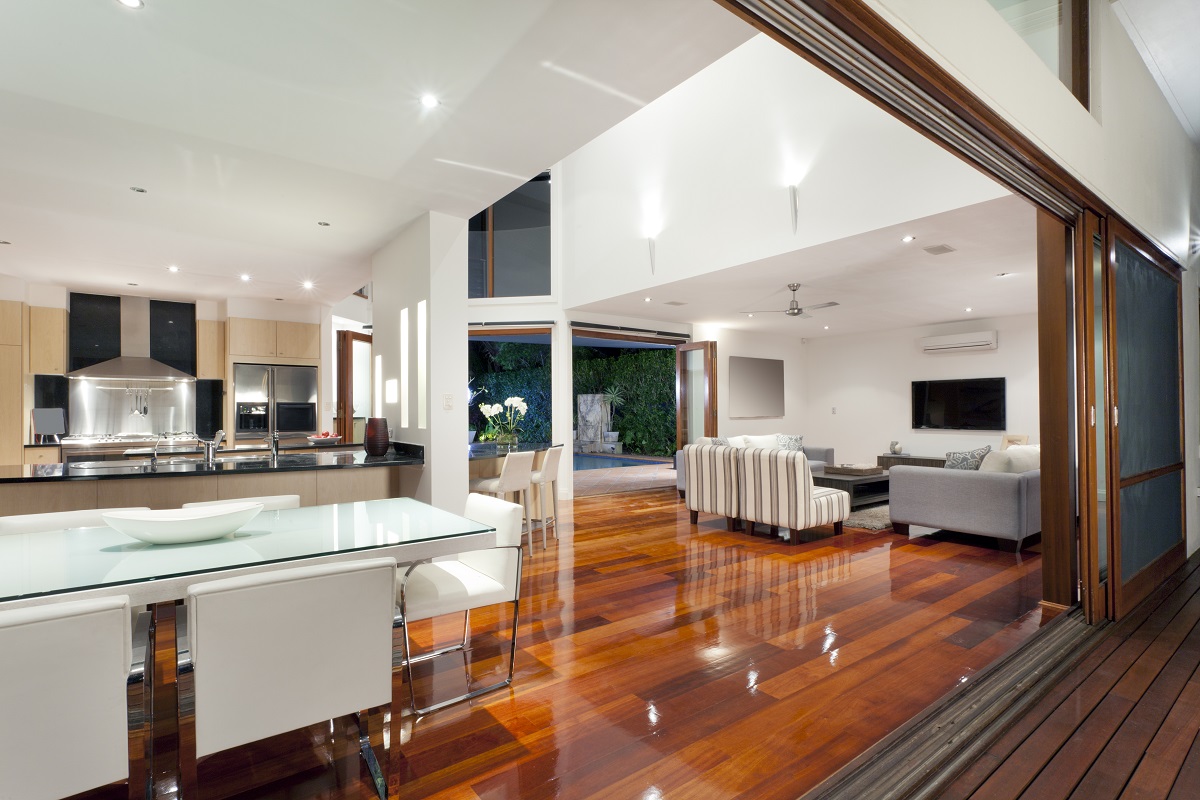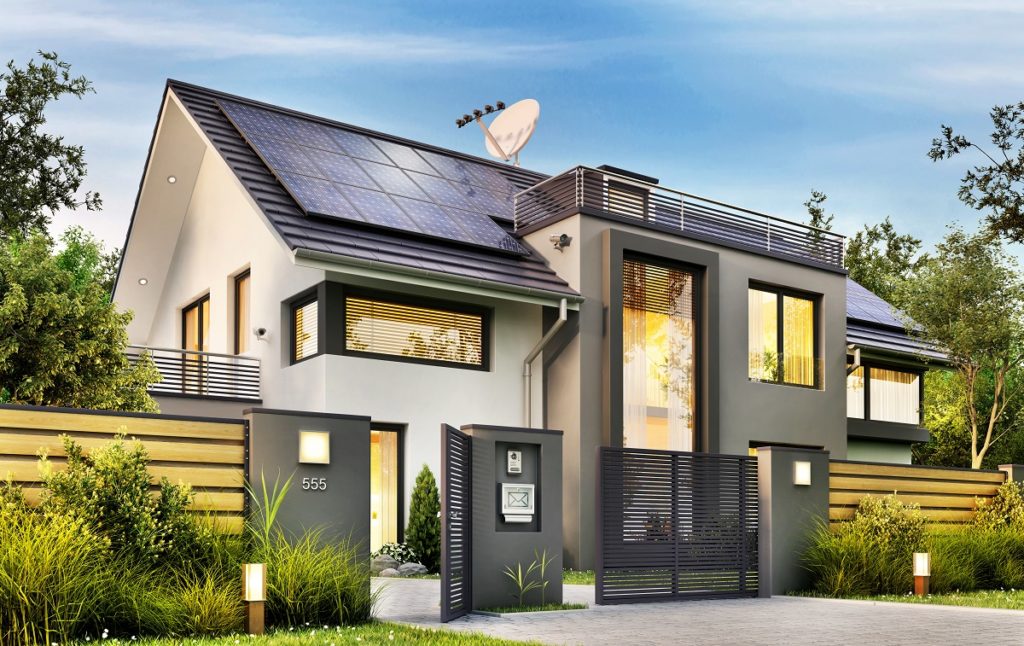As we have seen in the last several months since the outbreak of the COVID-19 pandemic, a lot of significant changes have happened to our everyday lives. While the first few months brought economic hardships among us, the pandemic also brought some impactful changes that are good.
For instance, due to lessened human outside activities following lockdown measures taken by countries all over the world, including air and land travel, there has been a significant decrease in air pollution levels.
Nonetheless, as people are more coup up in their respective homes, issues in housing have become more prevalent. It became clearer for various countries, including the United States, that there is an ongoing crisis too when it comes to providing the need for comfortable, sustainable, and greener homes.
For the last couple of months, our homes have become our workspaces, daycare centers, and universities. Unfortunately, though, most homes have poor indoor environments. With little ventilation and a poor heating system, the likelihood of developing respiratory and cardiovascular illnesses is high.
Making our homes sustainable and efficient — simply going green — is the best way to keep our families safe in the confines of our houses. Other than that, making our homes green gives a positive impact on the environment. This said, here are some benefits of turning our homes green.
Benefits of Having Green Homes
1. Fight Climate Change
On a global scale, houses and buildings account for over 30 percent of the greenhouse gas emissions. Essentially, this makes them one of the major contributors to climate change.
But opting to turn homes and buildings into green havens has a huge potential to help combat this problem. For one, green building designs are made to be energy-efficient and eco-friendly.
A design-build firm can turn your home or any building into a sustainable and eco-friendly one by using passive building designs. This passive design maximizes the use of natural sources of ventilation, heating, and cooling.
2. Provide Affordable Housing
Mainly focusing on building affordable, low-cost housing for lower-income families to rent or own would not simply make the cut. Each year, utility costs, gases, and grocery items increase.
To be genuinely considered affordable in a long-term view, the resident should also be able to pay utilities, transportation costs, and other day-to-day expenses that come with owning a home. It is not only about being able to pay the monthly housing loans or rent.

3. Foster Health and Well-Being
Pandemic or not, green homes provide better housing conditions for families. It is healthier as green housing elements have innate defenses against respiratory illnesses.
Green homes have better air filtration and ventilation systems, keeping indoor air free from pollen, specks of dust, and allergens. Solar shades for windows provide needed privacy and UV protection. Green homes shy away from materials that have volatile organic compounds (VOCs).
Plants are welcomed additions to green homes. Indoor greenery ensures the indoor air quality is clean and fresh. Furthermore, green home and building designs understand the importance of the outdoors. If you give it a closer look, greenhouses, and buildings tend to have wider windows and doors.
Green homes and buildings tend to provide better daylight and have better views.
4. Promote Economic Growth and Decent Work
Over the years, there has been a growing public sentiment calling for environmental sustainability. Fortunately, countless businesses have gotten on board with the movement with support coming from national and international communities.
As businesses go green, enticing more consumers to try out their products and services, the demand for the workforce also increases.
For instance, as construction businesses go green, they demand more skilled and unskilled laborers to cater to the needs of the industry. More individuals have jobs, somehow helping alleviate the poverty rates of communities.
5. Reduced Operational Cost and Maintenance
Another wonderful feature of opting for green housing and buildings is their lower maintenance cost. Since state-of-the-art technology and specially engineered design elements are used in constructing these structures, they tend to reduce water and energy usage.
Although it might be argued that building green structures can be expensive, if you look at it in the long run, it is actually a worthwhile investment. It means more money goes to your savings rather than spending it on recurring issues related to typical construction materials.
Summing up all these benefits of a green home, green homeowners feel more satisfied and happier.
Whether you agree with it or not, your home is your refuge from the everyday hustle-and-bustle. And during this pandemic, it is your safe haven from the virus. Considering all of this, it is indeed worth it to invest time, effort, and money to turn your home green.




